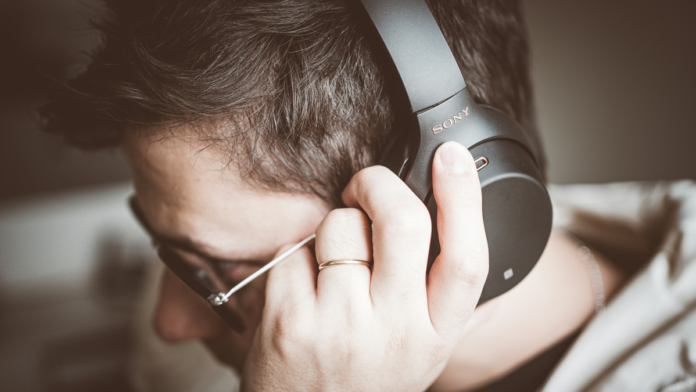With the proliferation of noise-cancelling headphones in the market, more people are turning to these gadgets to escape the hustle and bustle of daily life. While they offer a sanctuary of peace and quiet, experts warn that prolonged use of these headphones may come with some unexpected drawbacks.
Noise-cancelling headphones work by actively reducing ambient sounds using advanced technology. While this feature is highly effective in blocking out unwanted noise, it also creates an artificial environment where users are isolated from their surroundings for extended periods.
One of the primary concerns associated with excessive use of noise-cancelling headphones is the potential for hearing damage. By blocking out external sounds, users tend to increase the volume of their music or podcasts to compensate, unknowingly exposing their ears to higher levels of sound pressure. Over time, this can lead to hearing loss and other auditory issues.
Moreover, prolonged use of noise-cancelling headphones can contribute to a phenomenon known as “listener fatigue.” Constant exposure to the same frequencies and lack of natural environmental sounds can strain the auditory system and cause discomfort or tiredness, similar to staring at a screen for too long.
Another downside of overusing noise-cancelling headphones is the potential impact on social interactions. By immersing oneself in a cocoon of silence, users may become less aware of their surroundings and less responsive to external stimuli, making it challenging to engage in conversations or react to important auditory cues, such as alarms or approaching vehicles.
Furthermore, wearing noise-cancelling headphones for extended periods may lead to a sense of disconnection from the environment. By blocking out background noise, users may miss out on important sounds and cues that help them stay connected to the world around them, potentially affecting their situational awareness and overall well-being.
While noise-cancelling headphones can be a valuable tool for creating a peaceful listening experience in noisy environments, moderation is key. Experts recommend taking regular breaks from wearing these headphones, adjusting the volume to safer levels, and alternating between noise-cancelling and regular headphones to minimize the risk of adverse effects on hearing and overall health.
As the popularity of noise-cancelling headphones continues to soar, it’s crucial to delve deeper into their potential impacts on both physical and mental health. While the allure of uninterrupted tranquility is undeniable, it’s essential to recognize the potential risks associated with overuse.
One significant concern is the potential for increased stress and anxiety due to prolonged isolation from ambient sounds. While noise-cancelling headphones can provide a respite from the chaos of the outside world, they can also create a sense of detachment and disconnection, especially in social settings. Constantly shutting out external stimuli may exacerbate feelings of loneliness and alienation, particularly for individuals already prone to anxiety or depression.
Moreover, the artificial silence created by noise-cancelling headphones can disrupt our natural rhythms and hinder our ability to relax and unwind. Without the gentle hum of background noise, our brains may struggle to enter a state of relaxation, leading to heightened stress levels and difficulty falling asleep. This can have far-reaching consequences for our overall well-being, impacting everything from our mood and productivity to our immune function and cognitive performance.
In addition to the potential psychological impacts, there are also practical considerations to take into account when using noise-cancelling headphones. For example, relying too heavily on these devices in public spaces can pose safety risks by limiting our awareness of our surroundings. Whether walking down a busy street or waiting for a train, being overly reliant on noise-cancelling headphones can make us more vulnerable to accidents and incidents.
Furthermore, the convenience of noise-cancelling headphones may inadvertently discourage us from seeking out natural forms of relaxation and stress relief. Instead of taking a walk in nature or practicing mindfulness techniques, we may opt to escape into our own private world of soundproof bliss, missing out on the therapeutic benefits of connecting with the world around us.
It’s also worth considering the environmental impact of noise-cancelling headphones, both in terms of their production and disposal. The manufacturing process for these devices often involves the use of non-renewable resources and generates carbon emissions, contributing to environmental degradation. Additionally, the disposal of electronic waste poses its own set of challenges, with many headphones ending up in landfills or incinerators, further exacerbating pollution and resource depletion.
It’s essential for consumers to approach the use of noise-cancelling headphones mindfully and responsibly. This means being aware of the potential risks and taking proactive steps to mitigate them, such as setting limits on usage, practicing proper hearing care, and seeking out alternative forms of relaxation and stress relief.

